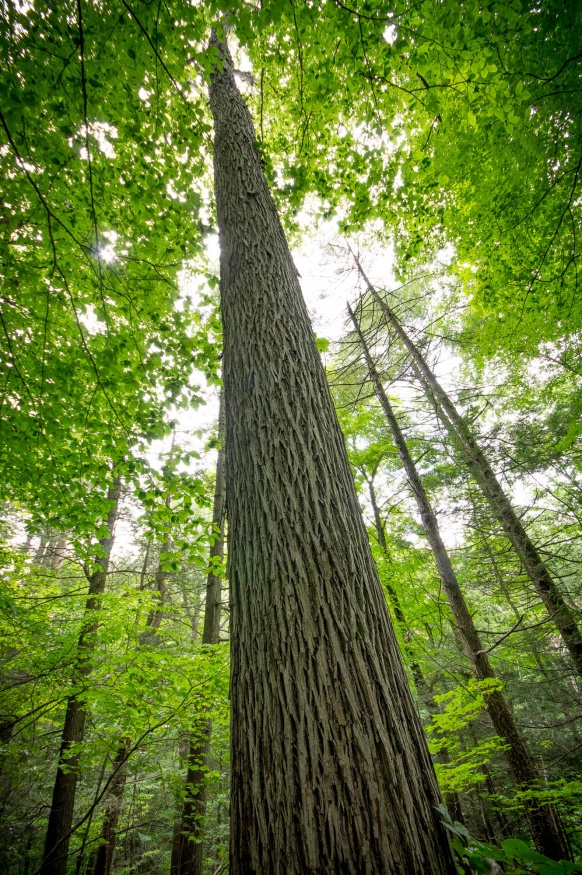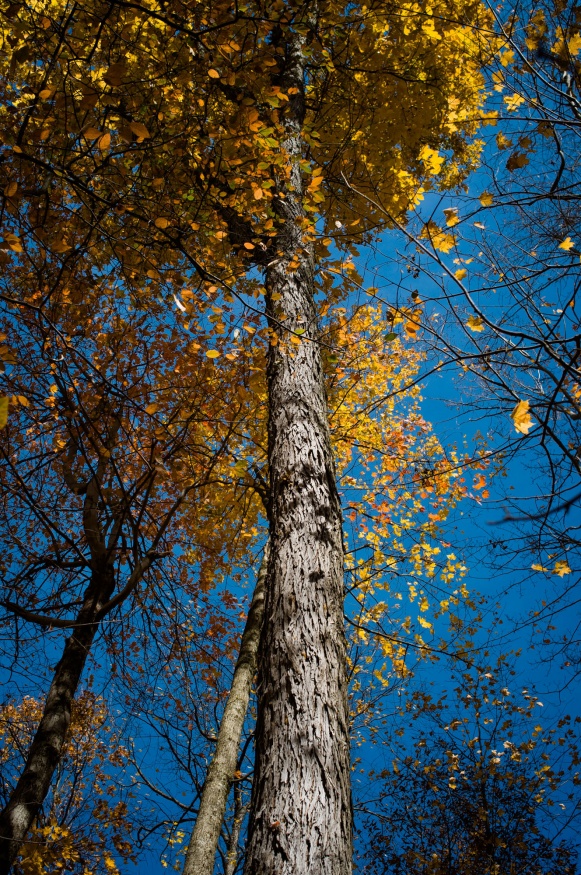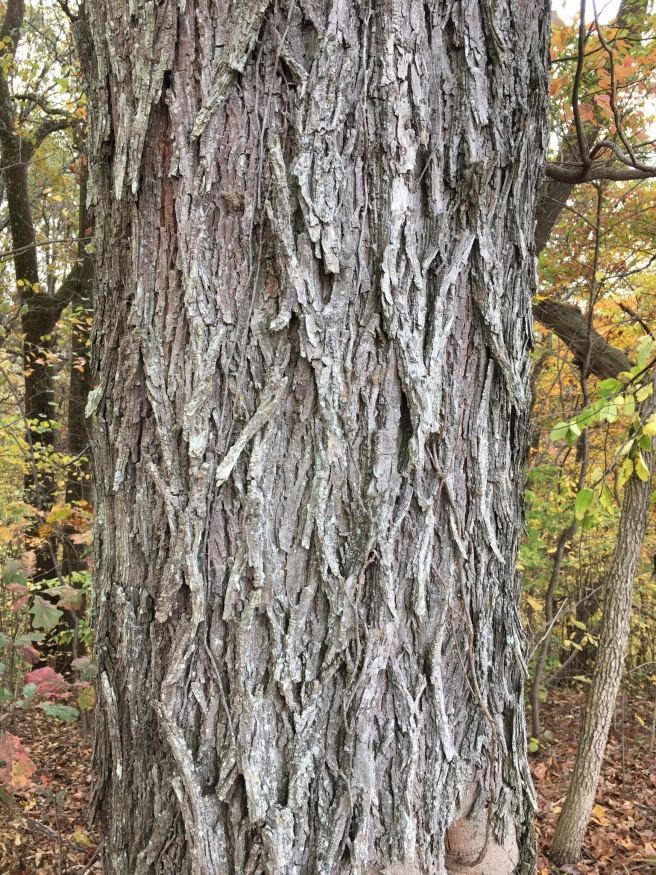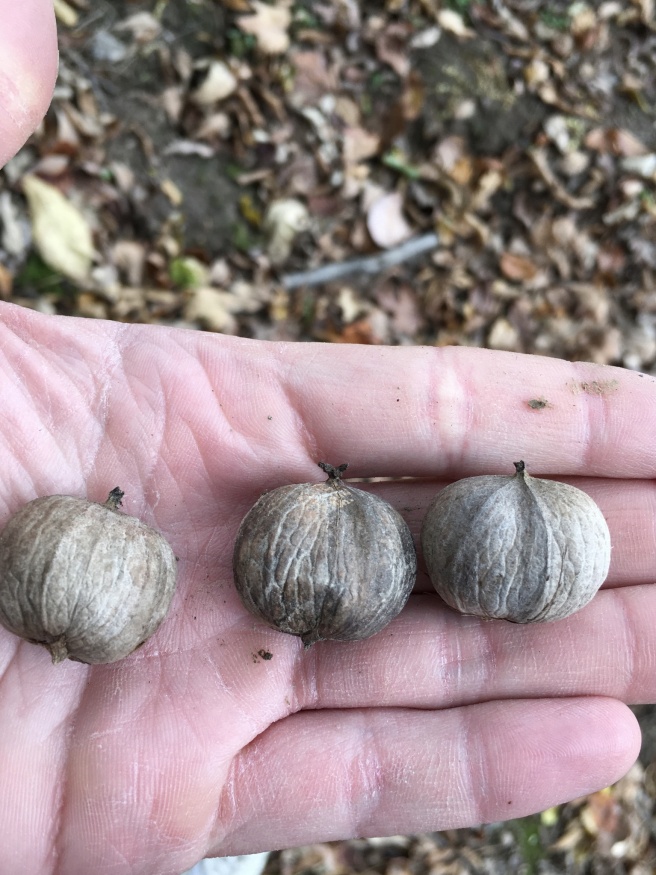Red Hickory

Other Names: sweet pignut hickory, small pignut, false shagbark
Family: Juglandaceae Native to: Eastern North America
Hardy to zone: 4
Eco benefits: valuable wood, edible nuts
Natural habitat: inner forests, hillsides & uplands
Shapes: conical, round
Height: 60-100ft
width: 60-80ft
Growth rate: medium
Lifespan: 100-250 years
Unique attractions: fall colour, fruit
Common uses: reforestation, landscaping, cityscape
Light: full sun
Soil: moist and fertile, well drained, tolerates wet feet, drought tolerant, ph adaptable, acid ph
Reproduction type: monoacious

The red hickory is native to forests and uplands of eastern North America. It has edible, nearly oval-shaped fruit and nice fall colour. The nuts are edible and provide valued food for wildlife.

Red hickory trees commonly hybridise with other hickories and were considered a variation of the pignut hickory (carya glabra) until recently. The main difference is red hickory petioles are red, leaf-undersides are pubescent and leaflets are usually 7 (instead of 5). The bark is also tightly ridged and furrowed, turning slightly shaggy with age.

References:
Flora of North America Editorial Committee, eds., 1993. Retrieved from http://bioimages.vanderbilt.edu/vanderbilt/12-20
Sky Meadows Nature Guide (n.d.). Red hickory (Carya ovalis). Retrieved from https://www.skymeadows.info/red-hickory
The Morton Arboretum, (n.d.). Red hickory. Retrieved from https://www.mortonarb.org/trees-plants/tree-plant-descriptions/red-hickory